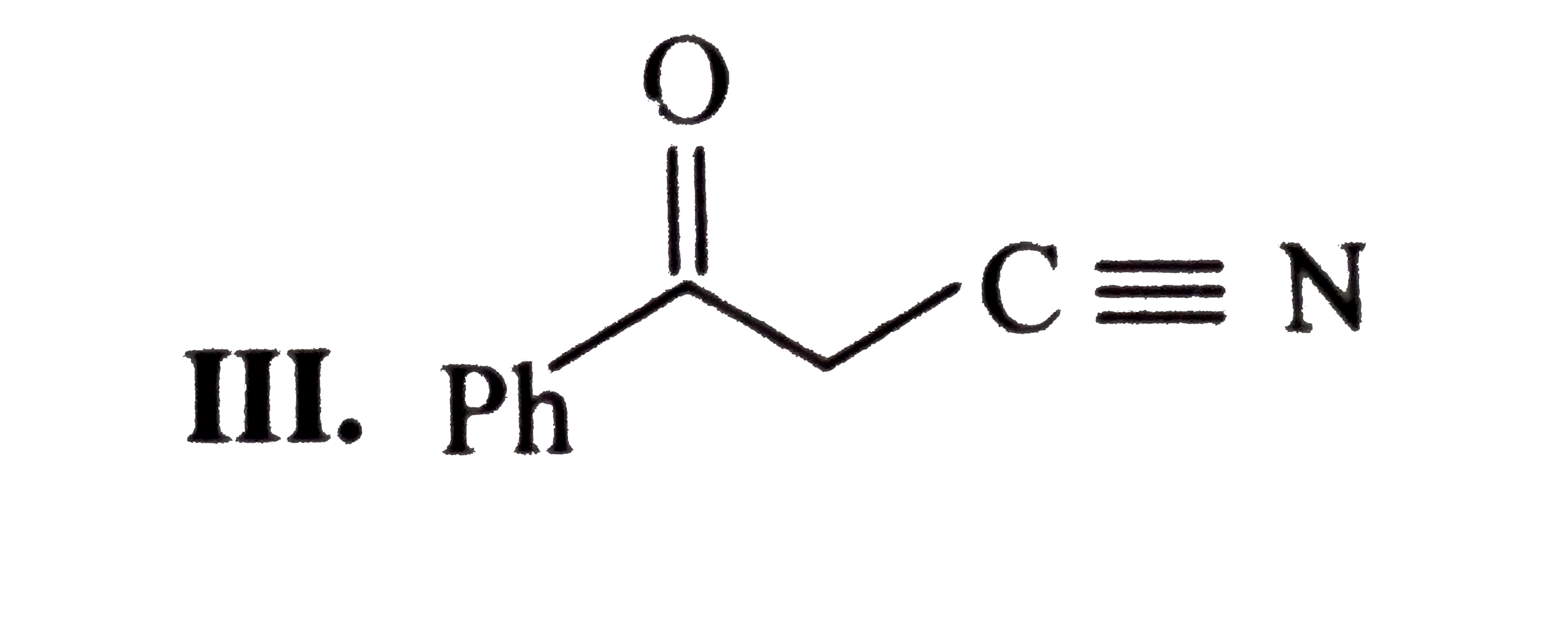Which of the following are correct?
(i)Diploblastic:Poriferans, Coelenterates(ii)Triploblastic:Platyheliminthes to Chorodates(iii)Acoelomate:Poriferans,Coelenterates,Platyhelminthes(iv)Pseudocoelomate:Aschelminthes /Roundworms(v)Eucoelomate:Annelids to Chordates
(ii),(iii),(iv) and (v)
(ii) and (v)
(i),(ii) and (v)
(i),(ii),(iv) and (v)
The correct Answer is:D
To determine which of the statements regarding animal classification are correct, we will analyze each statement one by one based on the characteristics of the respective phyla.
1. Understanding Diploblastic and Triploblastic:
- Diploblastic: Animals that have two germ layers (ectoderm and endoderm). The phyla that are diploblastic include Poriferans (sponges) and Coelenterates (cnidarians like jellyfish and corals).
- Triploblastic: Animals that have three germ layers (ectoderm, endoderm, and mesoderm). The phyla that are triploblastic include Platyhelminthes (flatworms) to Chordates (vertebrates).
Conclusion: Statements (i) and (ii) are correct.
2. Understanding Coelom Types:
- Acoelomate: Animals that do not have a body cavity (coelom). This includes Poriferans, Coelenterates, and Platyhelminthes.
- Pseudocoelomate: Animals that have a false coelom. This includes Aschelminthes (roundworms).
- Eucoelomate: Animals that have a true coelom. This includes Annelids to Chordates.
Conclusion: Statement (iii) is correct because it includes Poriferans, Coelenterates, and Platyhelminthes as acoelomates. Statement (iv) is correct as it correctly identifies Aschelminthes as pseudocoelomates. Statement (v) is also correct as it correctly identifies Annelids to Chordates as eucoelomates.
3. Final Evaluation of Statements:
- (i) "Diploblastic" - Correct (Poriferans, Coelenterates)
- (ii) "Triploblastic" - Correct (Platyhelminthes to Chordates)
- (iii) "Acoelomate" - Correct (Poriferans, Coelenterates, Platyhelminthes)
- (iv) "Pseudocoelomate" - Correct (Aschelminthes/Roundworms)
- (v) "Eucoelomate" - Correct (Annelids to Chordates)
Conclusion:
All statements except for the incorrect classification of Porifera as acoelomates are correct. Therefore, the correct statements are (ii), (iii), (iv), and (v).
Correct Answer:
The correct statements are (ii), (iii), (iv), and (v).
---
- Diploblastic: Animals that have two germ layers (ectoderm and endoderm). The phyla that are diploblastic include Poriferans (sponges) and Coelenterates (cnidarians like jellyfish and corals).
- Triploblastic: Animals that have three germ layers (ectoderm, endoderm, and mesoderm). The phyla that are triploblastic include Platyhelminthes (flatworms) to Chordates (vertebrates).
- Acoelomate: Animals that do not have a body cavity (coelom). This includes Poriferans, Coelenterates, and Platyhelminthes.
- Pseudocoelomate: Animals that have a false coelom. This includes Aschelminthes (roundworms).
- Eucoelomate: Animals that have a true coelom. This includes Annelids to Chordates.
- (i) "Diploblastic" - Correct (Poriferans, Coelenterates)
- (ii) "Triploblastic" - Correct (Platyhelminthes to Chordates)
- (iii) "Acoelomate" - Correct (Poriferans, Coelenterates, Platyhelminthes)
- (iv) "Pseudocoelomate" - Correct (Aschelminthes/Roundworms)
- (v) "Eucoelomate" - Correct (Annelids to Chordates)
All statements except for the incorrect classification of Porifera as acoelomates are correct. Therefore, the correct statements are (ii), (iii), (iv), and (v).
The correct statements are (ii), (iii), (iv), and (v).
Topper's Solved these Questions
- ANIMAL KINGDOMBOOK - NCERT FINGERTPS ENGLISHCHAPTER - ANIMAL KINGDOMEXERCISE - Classification of non-chordates
41 Videos
- ANIMAL KINGDOMBOOK - NCERT FINGERTPS ENGLISHCHAPTER - ANIMAL KINGDOMEXERCISE - Classification of chordates
62 Videos
- ANATOMY OF FLOWERING PLANTSBOOK - NCERT FINGERTPS ENGLISHCHAPTER - ANATOMY OF FLOWERING PLANTSEXERCISE - Anatomy Of Flowering Plants
143 Videos
- BIOLOGICAL CLASSIFICATIONBOOK - NCERT FINGERTPS ENGLISHCHAPTER - BIOLOGICAL CLASSIFICATIONEXERCISE - Biological Classification
132 Videos
Similar Questions
Which of the following are correct (B) and (C ) products, respectively ?

I.
II. , III.
, III. 
IV. , v.
, v. 
View SolutionMatch the columns and find the correct option
IIIIII(1)Ctenophora(a)Ancylostoma(i)Bioluminescence(2)Plathyhelminthes(b)Pleurobrachia(ii)Acoelomate(3)Cyclostomata(c)Planaria(iii)Migration(4)Aschelminthes(d)Ophiura(iv)Coelomata(5)Echinodermata(e)Hog fishes(v)Endoparasite
View Solution
Knowledge Check
Match the following and choose the correct option.
A.Familyi.tuberosumB.Kingdomii.PolymonialesC.Orderiii.SolanumD.Speciesiv.PlantaeE.Genusv.SolanaceaeAi-D, ii-C, iii-E, iv-B, v-ABi-E, ii-D, iii-B, iv-A, v-CCi-D, ii-E, iii-B, iv-A, v-CDi-E, ii-C, iii-B, iv-A, v-DWhich of the following are the fishery by-products?
(i) Oil , (ii) Manure
(iii) Glue , (iv) Isinglass
(v) Shagreen , (vi) LeatherA(i), (ii) and (vi)B(iii), (iv) and (v)C(i), (iii) and (vi)DAll of these
Which of the following are rational numbers?
(i) 515, (ii) −623, (iii) 17, (iv) -25, (v) 0
View SolutionWhich of the following are correct ?
(i) Sponges :Cellular level of organization
(ii) Cnidaria : Tissue level of organization
(iii) Platyhelminthes :Organ level of organization
(iv) Annelids :Organ system level of organization .
View SolutionWhich of the following is/are not carrectly mathched pairs ?

(a) (ii) and (iii)
(b) (i) and (iv)
(c) (v) only
(d) (ii) only
View SolutionMatch column I with column II and select the correct option from the codes given below
Column IColumn IIA.Choanocytes(i)PlatyhelminthesB.Chindoblasts(ii)CtenophoraC.Flame cells(iii)PoriferaD.Nephridia(iv)CoelenterataE.Comb plates(v)Annelida
View SolutionWhich of the following numbers are not perfect cubes?
(i) 216 (ii) 128 (iii) 1000 (iv) 100
(v) 46656
View SolutionMatch the following and choose the correct option.
A.Familyi.tuberosumB.Kingdomii.PolymonialesC.Orderiii.SolanumD.Speciesiv.PlantaeE.Genusv.Solanaceae
View Solution
